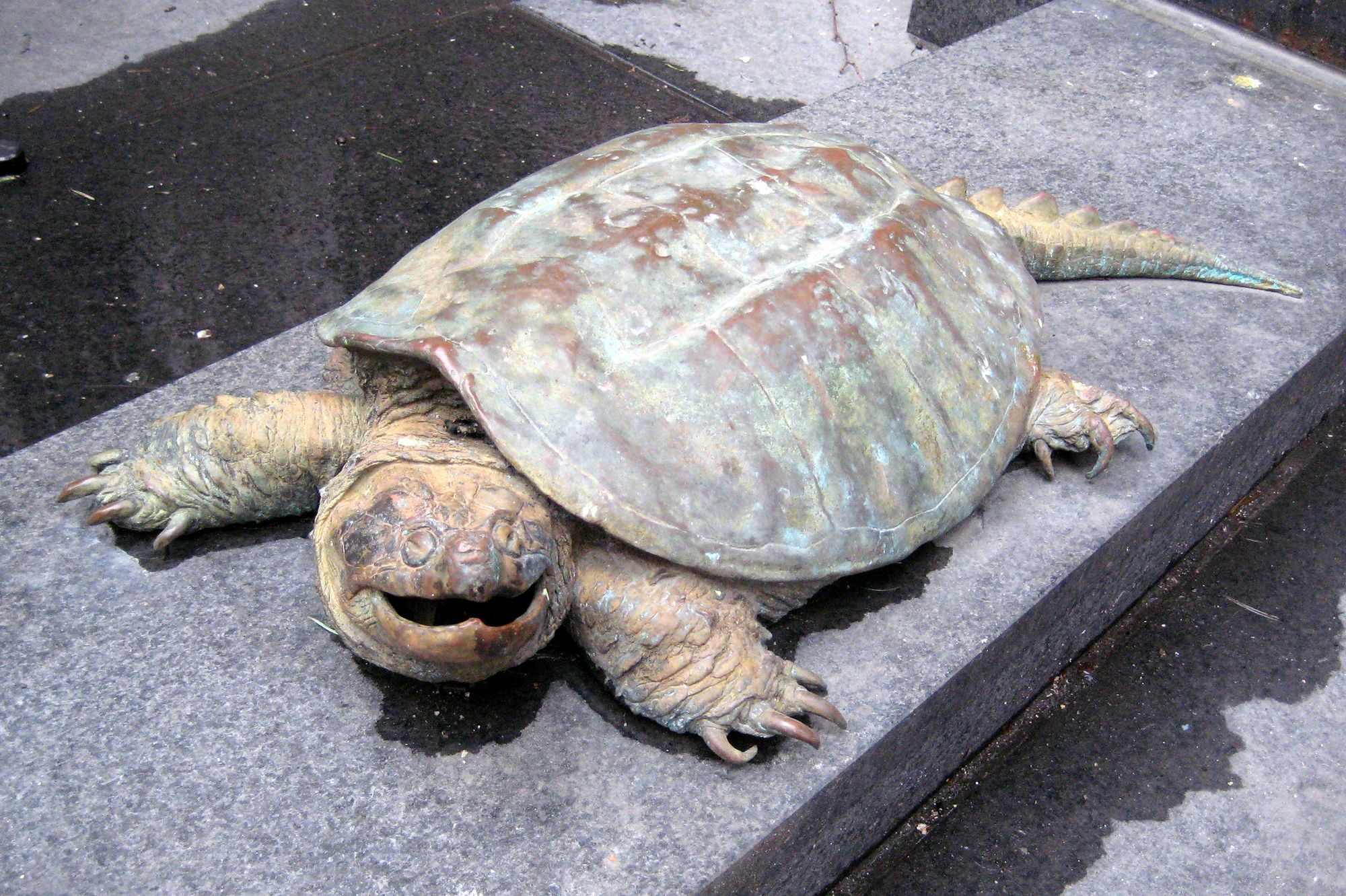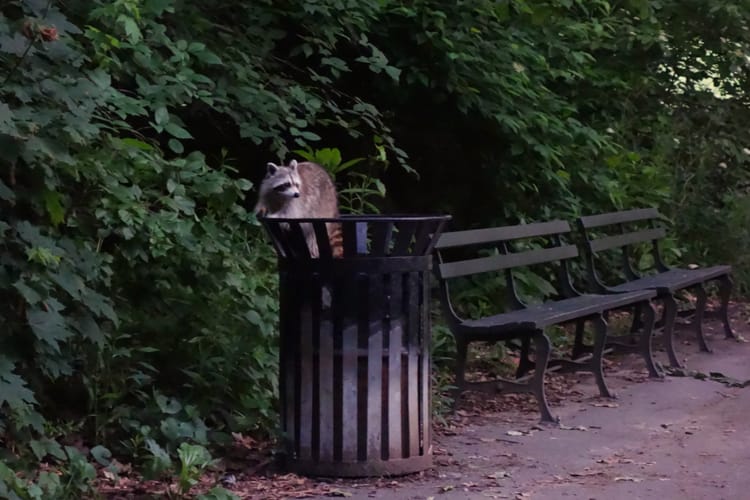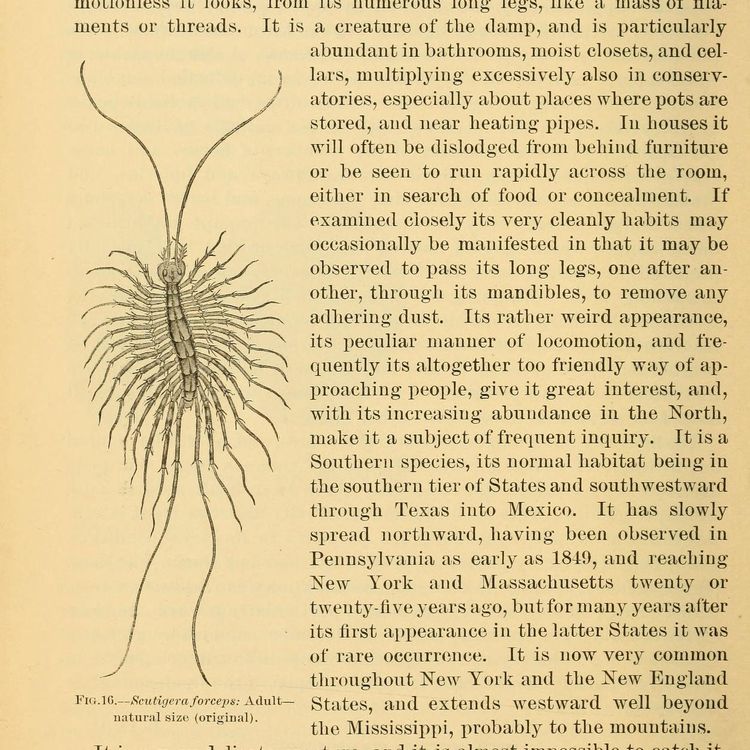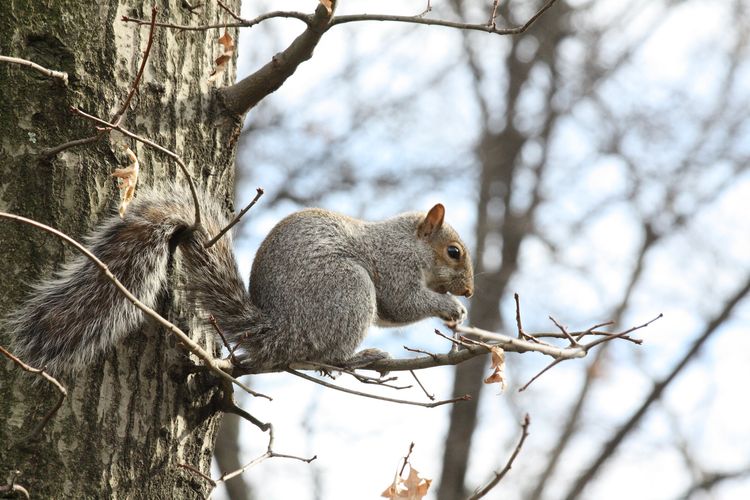Snapping Turtles Make Treacherous Journeys from Their Watery Homes

Snapping turtles spend almost their entire lives, which can stretch to 40 years, in the water, keeping to the murky depths where no predators are formidable enough for their sharp beaks and curled claws. It is only on land that they take the ultimate risk of meeting their greatest foe—the car.
In late spring and early summer, the female snapping turtles haul their hulking bodies, which can weigh up to 45 pounds, out of the water and find a place to lay their eggs. They appear like primordial creatures, with their long pointed tails and massive shells, dinosaurs that time perhaps forgot.
They might have to cross sidewalks, roads, tree beds, playgrounds, bicycle paths, and basketball courts. Unlike other turtles, they cannot hide completely in their shells, so they press on, defending themselves ferociously but ignoring what ignores them. They dig their nests—it must be somewhere the ground is soft—and bury their eggs. And then they leave.
Months later, the eggs hatch; the new snapping turtles are alone; they are fragile. They must find the water. From a clutch of 15 to 50 eggs, only a few will make it. In the pond, lake, or other urban waterway, they will have to spend years growing large while hidden until they, too, can emerge, colossal and ready to make their own way through the city’s dangers so that the next generation may have its chance.

- The Turtle Bay neighborhood of Midtown Manhattan no longer has much of a rustic feel to it, but its name hearkens back to when it was home to a cove that stretched from about 45th to 48th Street. However, while there were reportedly turtles in the area and even regular “turtle feasts” (turtle soup once being a New York dining staple), the name may also be derived from the Dutch word “deutal,” referring to a bent blade, which resembled the shape of the bay.
- New York’s snapping turtles are distinct from the alligator snapping turtles found in the southeastern United States. These turtles are even more ancient-looking with their rows of spikes on their shells. There have been some local alligator snapping turtles in captivity, however. As AP News reported in 2004, one at the Bronx Zoo, a little rudely nicknamed "Izzy A. Live" for his sedentary nature, was believed to be almost 50 years old and had a shell measuring 29 1/2 inches in length, considered the longest shell like it in a North American zoo.
- Do yourself a favor and click on the Turtles of New York State guide for an incredible image of the snapping turtle being witnessed with awe by its fellow native terrapins. It is just one of the 11 species of freshwater—and one saltwater species with the diamondback terrapin—turtles that can be found throughout the state. From the smallest bog turtle that keeps hidden in wet meadows to the rarest mud turtle that loves a quiet, shallow place to submerge, there is a wide range of shelled neighbors to celebrate and treat with respect this nesting season.




